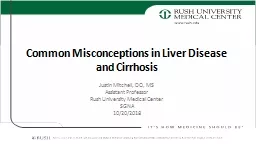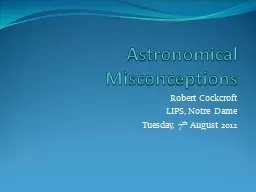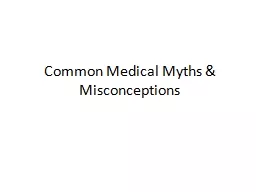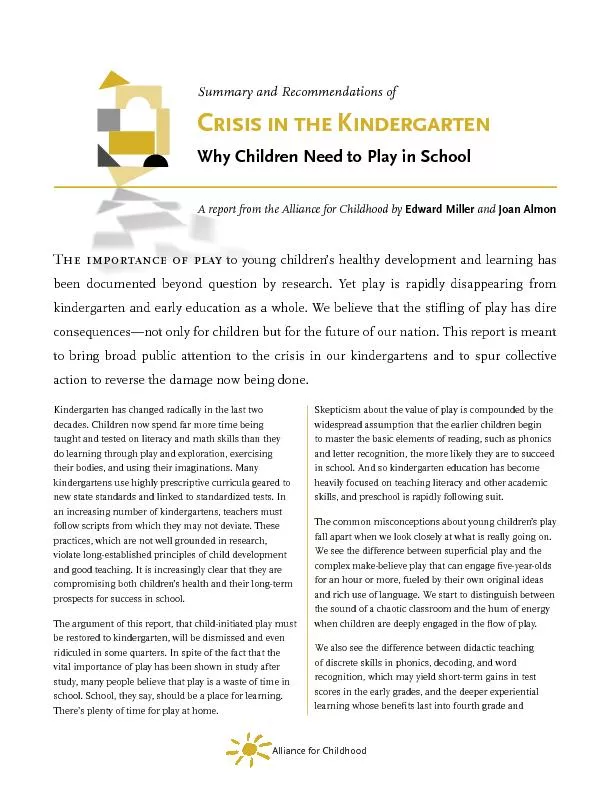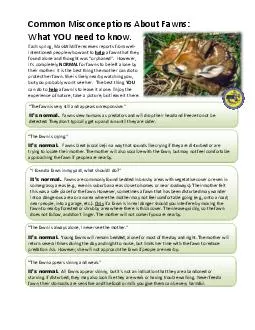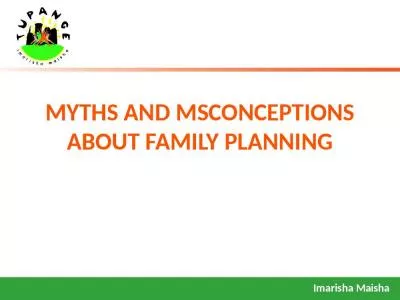PPT-Common Misconceptions in
Author : mitsue-stanley | Published Date : 2018-11-08
Liver Disease and Cirrhosis Justin Mitchell DO MS Assistant Professor Rush University Medical Center SGNA 10202018 No disclosures Objectives Identify abnormal liver
Presentation Embed Code
Download Presentation
Download Presentation The PPT/PDF document "Common Misconceptions in" is the property of its rightful owner. Permission is granted to download and print the materials on this website for personal, non-commercial use only, and to display it on your personal computer provided you do not modify the materials and that you retain all copyright notices contained in the materials. By downloading content from our website, you accept the terms of this agreement.
Common Misconceptions in: Transcript
Download Rules Of Document
"Common Misconceptions in"The content belongs to its owner. You may download and print it for personal use, without modification, and keep all copyright notices. By downloading, you agree to these terms.
Related Documents

